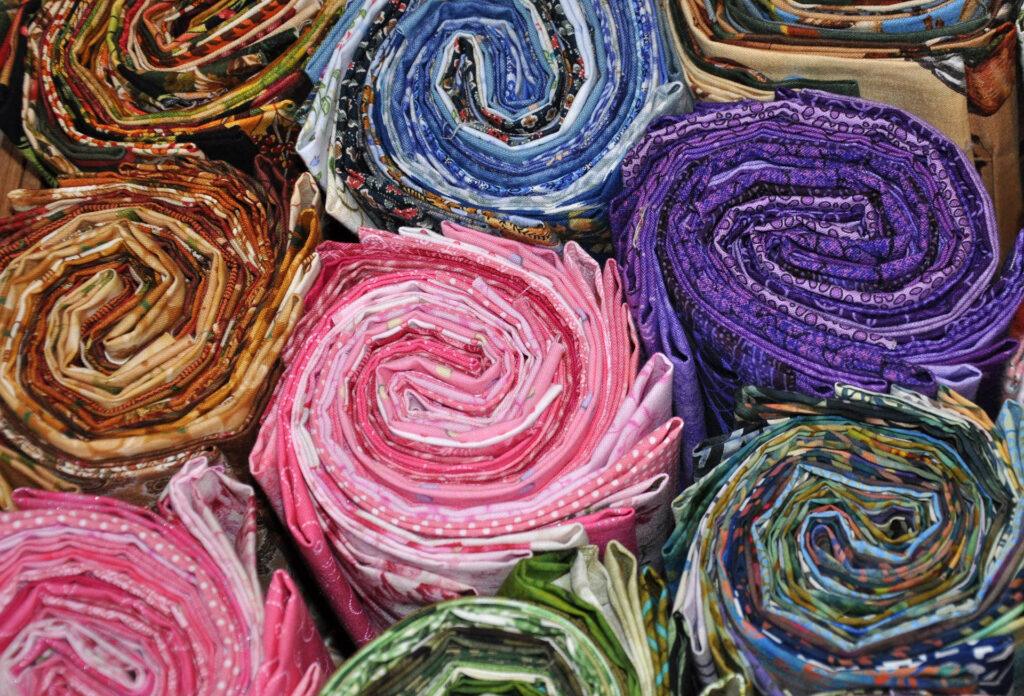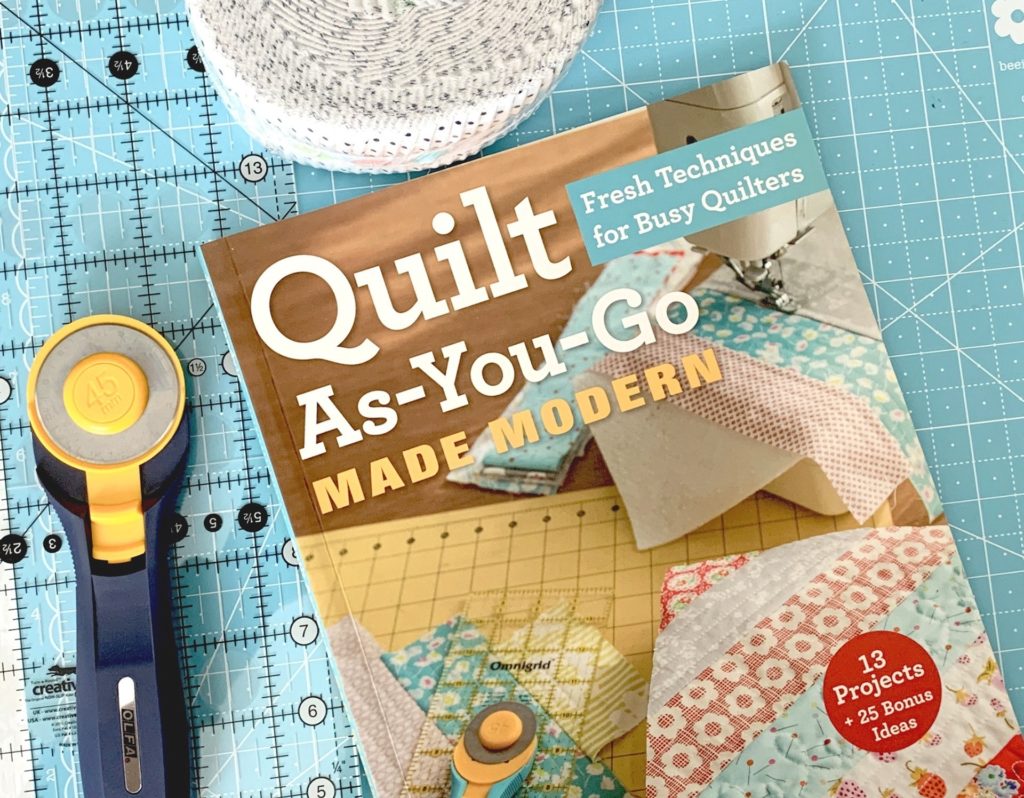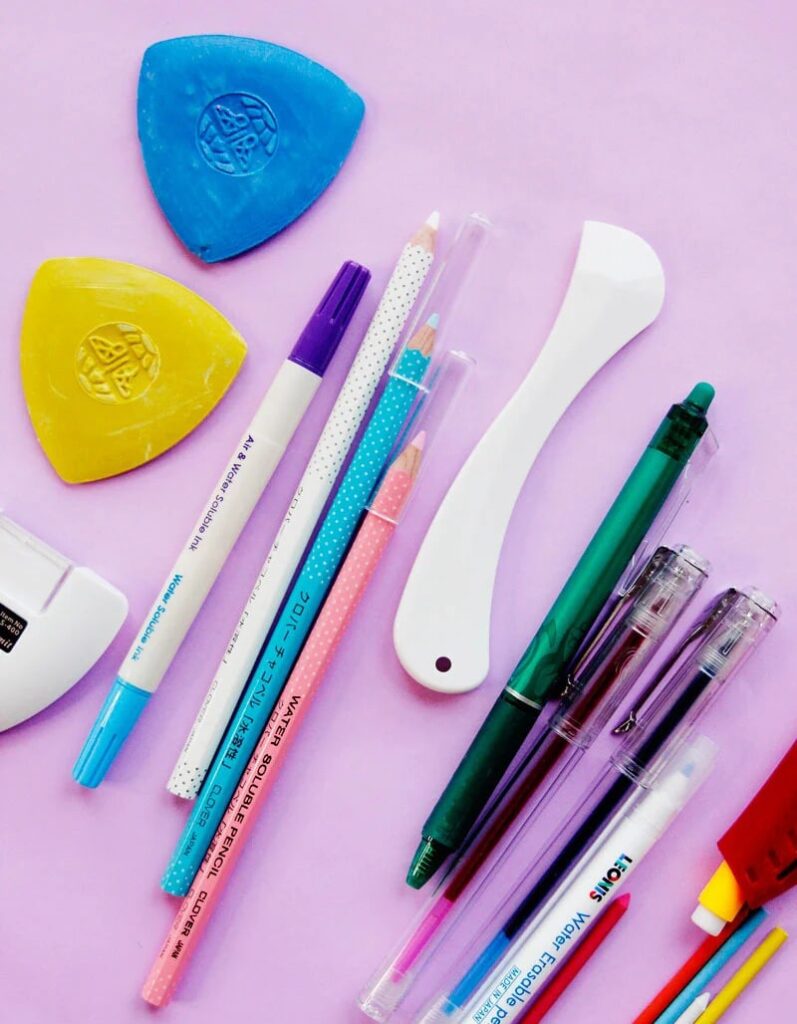

While basting a quilt isn’t a particularly fun job, it is one that essential if you’re going to end up with a neat quilt. A lot of newcomers to quilting are intimidated by new terms like “basting”. You might have associated this term with turkeys before, but it’s time to learn what basting means when it comes to quilting.
Basically, this is a step between lining up your fabric and actually sewing or quilting it together. It means that the quilt shouldn’t warp between lining the fabric up and turning it into the finished product. Otherwise, you’ll end up with a quilt that is slightly uneven. It can be tempting to skip this step because of the fact that it is not fun at all, but that will usually end up with negative results, which is why every quilter needs to take the time to learn these techniques.
So, what is basting a quilt? Why is it so important?
Basting is the step between aligning all of your fabrics and the layers that you want to make up your quilt, and starting to actually sew it together. Basting is providing a temporary way to hold everything together, so that the materials don’t fall out of line and become uneven. Unless you’re looking for more of a rough look, basting is the best way to get a neat finish.
If you read the top quilting books, they will tell you that there are many methods to baste, but all of them will recommend that you do baste your quilt thoroughly, and get good at at least one of the methods to ensure that you do a good job every single time. It really is an essential skill if you want to be a consistently good quilter.
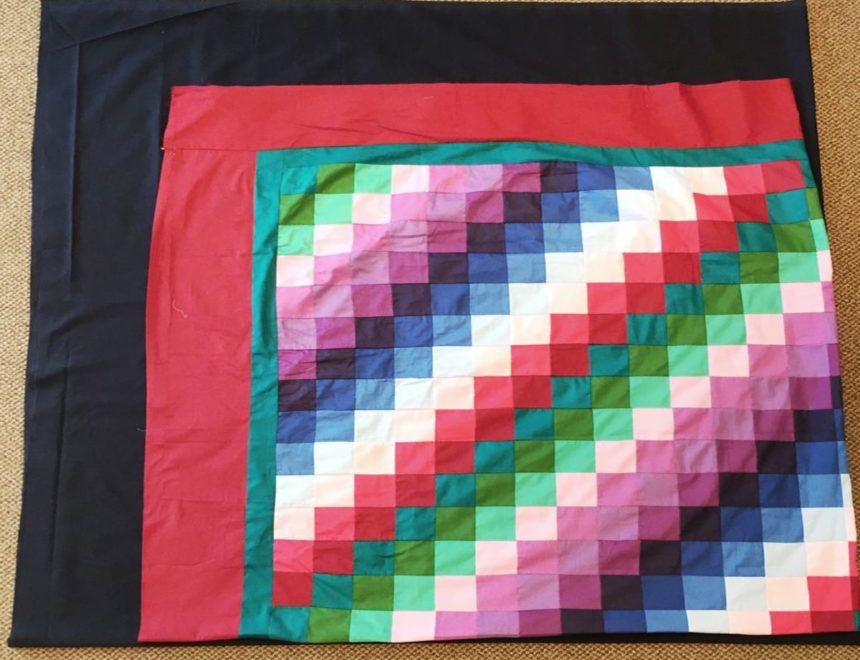
What are the steps to take before actually basting your quilt. In the grand scheme of things, basting is actually one of the later steps in the process. You need to ensure that you are almost ready to do the final stitching or quilting before starting to baste.
This means that beforehand, you need to design your quilt, choose your materials, and cut everything to size. You also need to sort your quit and align the layers. This means creating a “sandwich” before you get underway.
Although there are a lot of top resources online nowadays, it is a good idea to choose one source to get your information and to follow a tutorial. This helps you to make sure that you’re following one specific method rather than trying to follow lots of tidbits of peoples’ information. The Better Homes and Gardens: Complete Guide to Quilting is a good starting point for those who haven’t done it before. As the title says, it’s a complete guide, taking you from start to finish and discussing basting methods, too.
In this section, we’ll look at what materials you actually need for basting. While most people eventually use a sewing machine to actually sew the quilt together, and create the finished product, this is not the only way of basting. You can use plenty of other methods to temporarily stick the quilt together before you finalize your design.
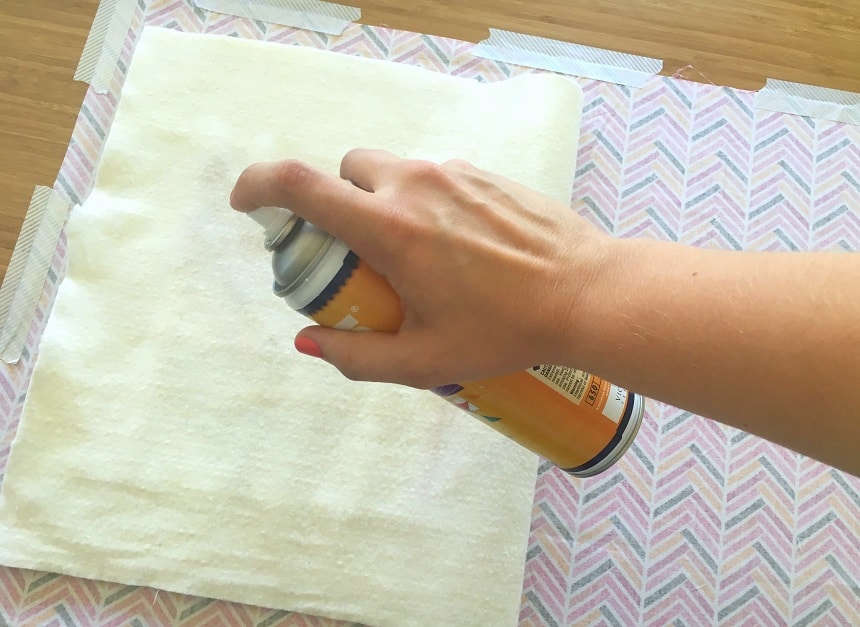
spray basting is a sensible method, and a lot of people are learning how to spray baste a quilt in order to save time. Just make sure you get a spray that is suitable as some can have some pretty nasty chemicals in them. For instance, if you are pregnant you probably shouldn’t use any of these sprays.
Spray basting is just a case of temporarily “gluing” the quilt sandwich with this adhesive. Spray it onto the wrong side of the back of the quilt and the top before you make your sandwich. This will allow you to quickly stick it together while you do your sewing. It’s quite expensive compared to other methods, but very convenient.
If you’re basting a large quilt on a small table this method can be really helpful as you will avoid any issues around having to get a board or even sewing machine on the table with the quilt.
When you’ve finished your quilt, any remnants of the adhesive will come off in the wash, so you don’t need to worry too much about there being any leftover adhesive.
Thread basting is a method to make simple stitches that keep your sandwich in place throughout the quilting process. Both hand basting a quilt and machine basting a quilt refer to types of thread basting. Soluble threads can be a really interesting technique to quickly get rid of your basting once the quilt itself has been completed.

This is perhaps the oldest and most traditional method that many of our mothers and grandmothers will have used. Pin basting a quilt is the art of using safety pins to hold all of the parts together as needed. You can even buy specific quilting pins to make it easier. You can buy hundreds of pins, like CLOVER Q2509, at a time to make sure you’re not going to run out any time soon!
Another method some people use is glue. We’ve already discussed spray adhesive. A lot of people enjoy basting a quilt with Elmer’s Washable School Glue, as this can be washed away when the quilt is complete, leaving you with no sign that glue was even used in the first place.
Hand basting a quilt is much like hand sewing, you loosely stitch all the way around the quilt to keep it in place. It’s a little bit like doing a rough stitch before doing the final steps. Hand basting can certainly be a way to get the job done without having to worry too much about equipment. If you’re good at sewing then learning how to hand baste a quilt could be ideal.
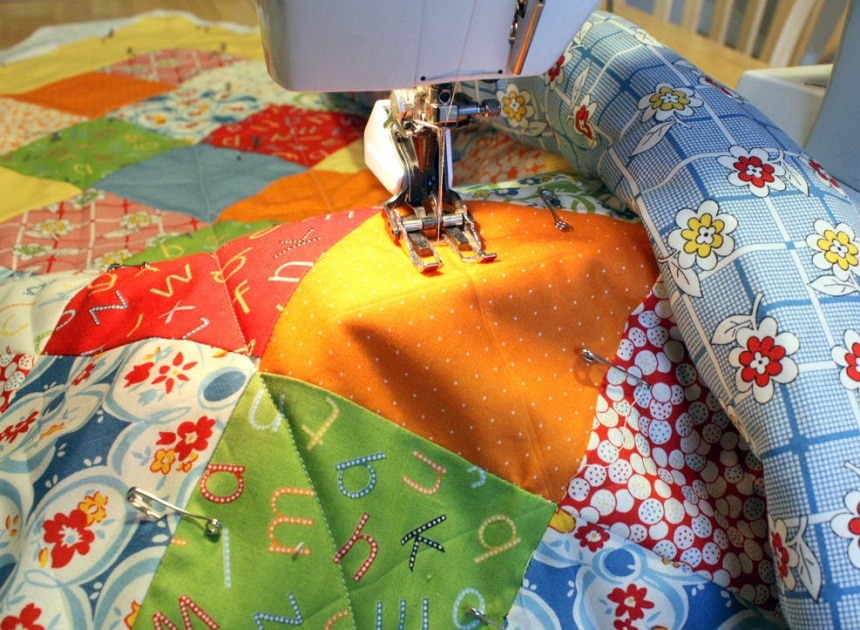
If a machine is capable of quilting then it is capable of basting. Our recommended option from Juki makes it relatively simple to machine baste.
This is the art of machine sewing first to keep the sandwich properly in place. Machine basting is not always easy, but if you’re an experienced sewer you should be able to baste with ease. You can use a seam ripper or even water-soluble thread to get rid of these stitches when the time is right.
Learning how to board baste can also be time-saving! It means wrapping your quilt back and top around boards, so that you can keep them controlled and in the right position temporarily. This does mean an investment in some boards (most people start basting a quilt with two boards) but it is a quicker method than some others.
Knowing how to baste a large quilt on a small table is all about dividing into columns or sections and working through one at a time. You can use rolling, wrapping, or even the board method discussed above to keep the quilt taut. You can use this method for pin basting.
A lot of people find that they have to baste in relatively small spaces. If you can’t find the room on a table, it’s possible to baste a quilt on the floor, but it boils down to what you personally prefer to do. Segmenting can allow even very large quilts to be basted and finished on any table.
As you can see, there isn’t just one method of basting. There are a lot of ways you can get the desired result, and as time goes on most quilters find a preferred method of basting a quilt and stick to it. It comes down to personal preference, as well as the equipment that you have available to you.
So, whether you go for traditional methods such as hand basting a quilt using pins and needle and thread, or modern adhesives that wash out, you can ensure that you get consistent results. Even though it’s tempting to try and “wing it” and miss this step entirely, we don’t recommend it. This is when mistakes happen and you could end up having to start the whole project again.

